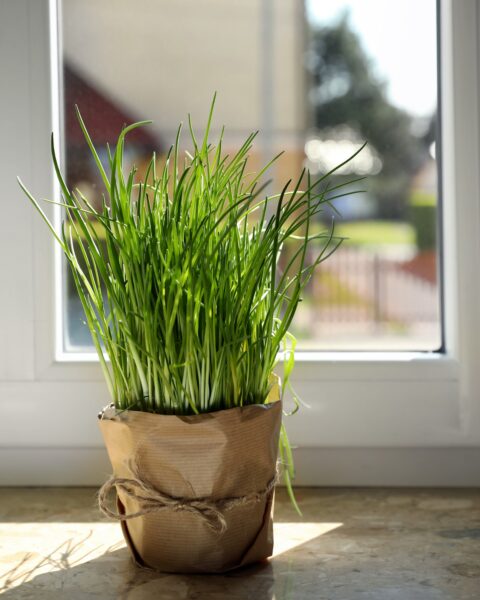Starting a home vegetable garden is an exciting and rewarding project. It doesn’t take much to transform a small patch of your yard into a thriving source of fresh produce. Imagine stepping outside to pick ripe tomatoes, crisp lettuce, or fragrant herbs right from your garden. Whether you’re a seasoned gardener or a complete beginner, these easy steps will guide you through the process.
Contents
- 1 Choose the Right Location
- 2 Select Your Vegetables
- 3 Prepare the Soil
- 4 Plan Your Planting Dates
- 5 Plant Your Seeds or Seedlings
- 6 Water Properly
- 7 Mulch Your Garden
- 8 Fertilize as Needed
- 9 Control Pests and Diseases
- 10 Harvest and Enjoy
- 11 More From RetailShout
- 12 11 Nostalgic Childhood Foods From Around The World
- 13 12 Creative Ways to Organize with Mason Jars
Choose the Right Location
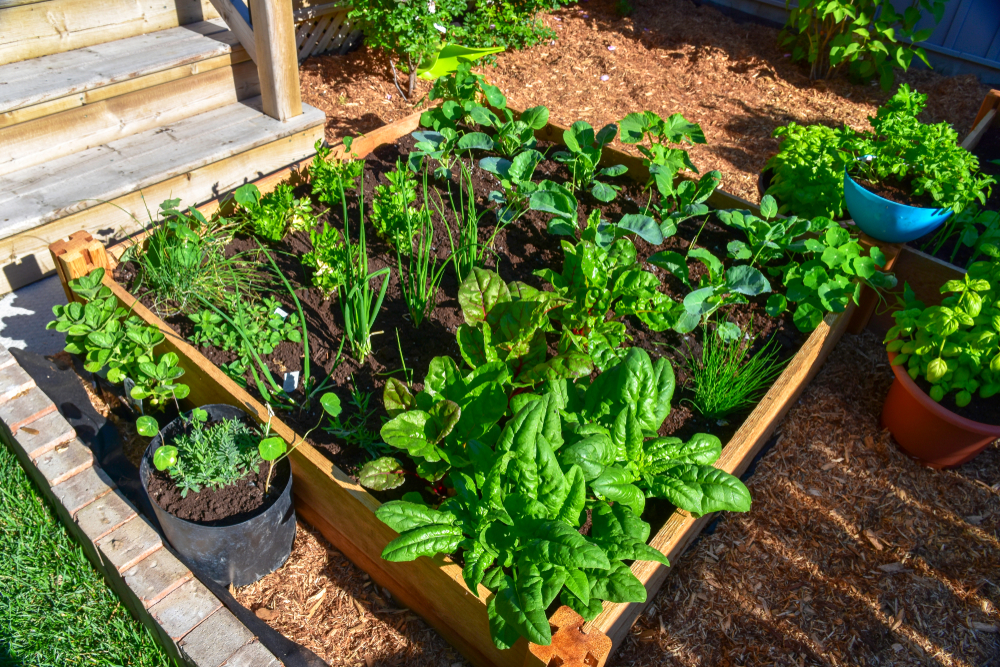
Selecting an appropriate location is crucial for a successful vegetable garden. Ensure the spot receives at least 6-8 hours of direct sunlight daily, as most vegetables thrive in full sun. Avoid areas with excessive shade or close to large trees, which can compete for nutrients and water. Consider accessibility to water sources, as consistent watering is essential. A well-drained area prevents waterlogging, which can damage plant roots.
Select Your Vegetables
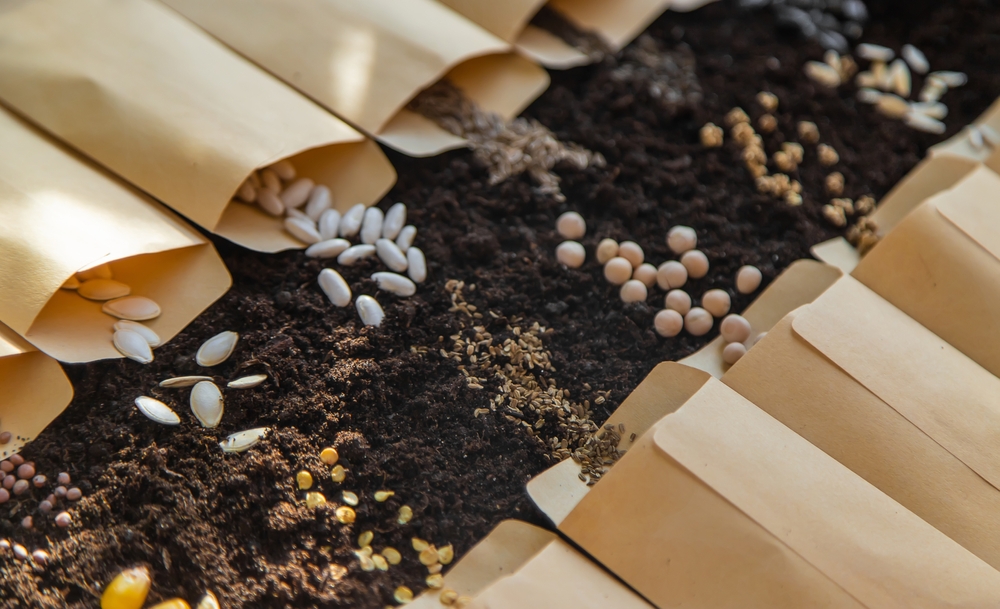
Choose vegetables that you and your family enjoy eating. Research which vegetables are suitable for your climate and soil type. Consider starting with easy-to-grow varieties like tomatoes, cucumbers, and lettuce. Plan your garden layout by grouping plants with similar growing requirements. Avoid overcrowding to ensure each plant has adequate space to grow.
Prepare the Soil

Healthy soil is the foundation of a productive garden. Test your soil’s pH and nutrient levels to determine if any amendments are needed. Incorporate organic matter like compost or well-rotted manure to improve soil structure and fertility. Remove weeds, rocks, and debris to create a clean planting area. Loosen the soil to a depth of about 12 inches to encourage root growth.
Plan Your Planting Dates
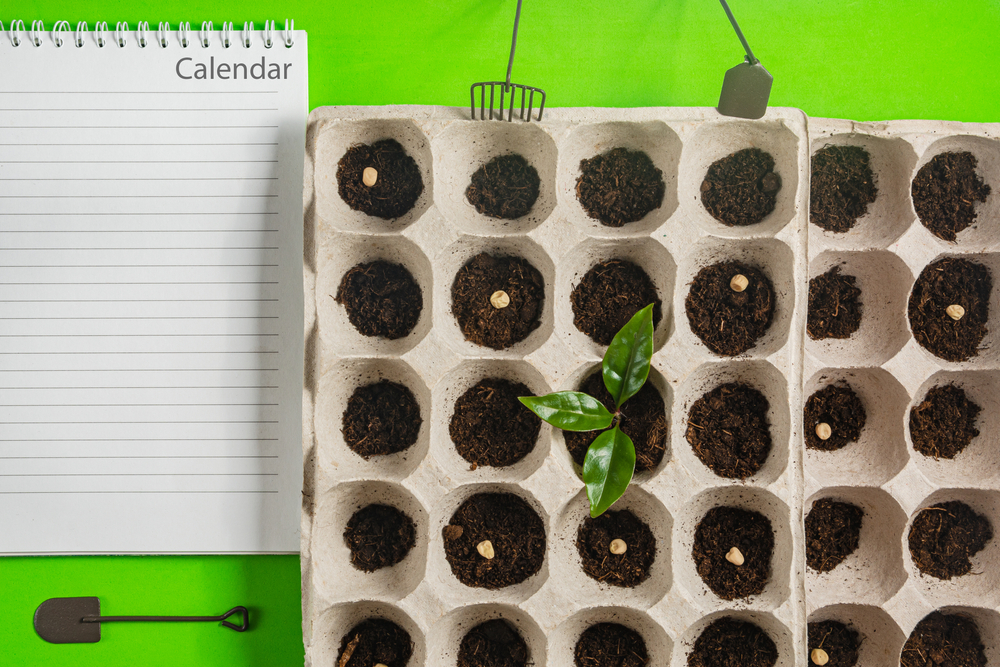
Timing is key to successful vegetable gardening. Refer to a planting calendar specific to your region to determine the best times to plant each vegetable. Start seeds indoors for crops with longer growing seasons, such as tomatoes and peppers. Transplant seedlings outdoors after the last frost date in your area. Stagger plantings to ensure a continuous harvest throughout the growing season.
Plant Your Seeds or Seedlings
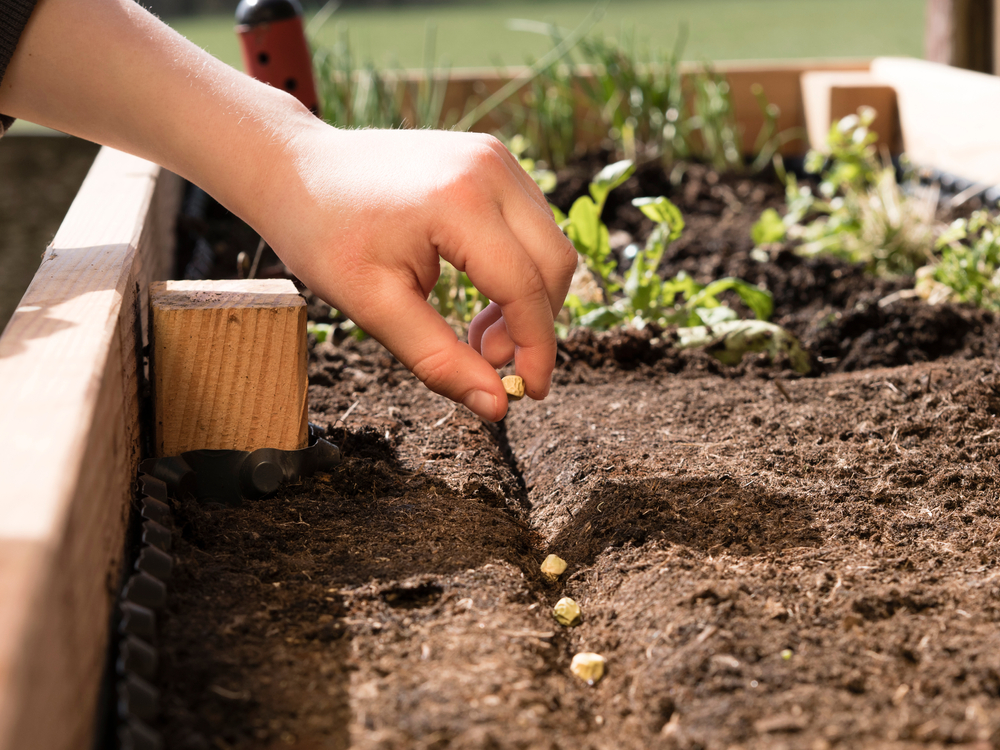
Follow the instructions on seed packets or plant labels for correct planting depth and spacing. Dig holes or furrows to the recommended depth, and place seeds or seedlings gently into the soil. Cover seeds lightly with soil and firm down gently to ensure good seed-to-soil contact. Water thoroughly after planting to settle the soil around the roots. Label each row or section to keep track of what you’ve planted.
Water Properly
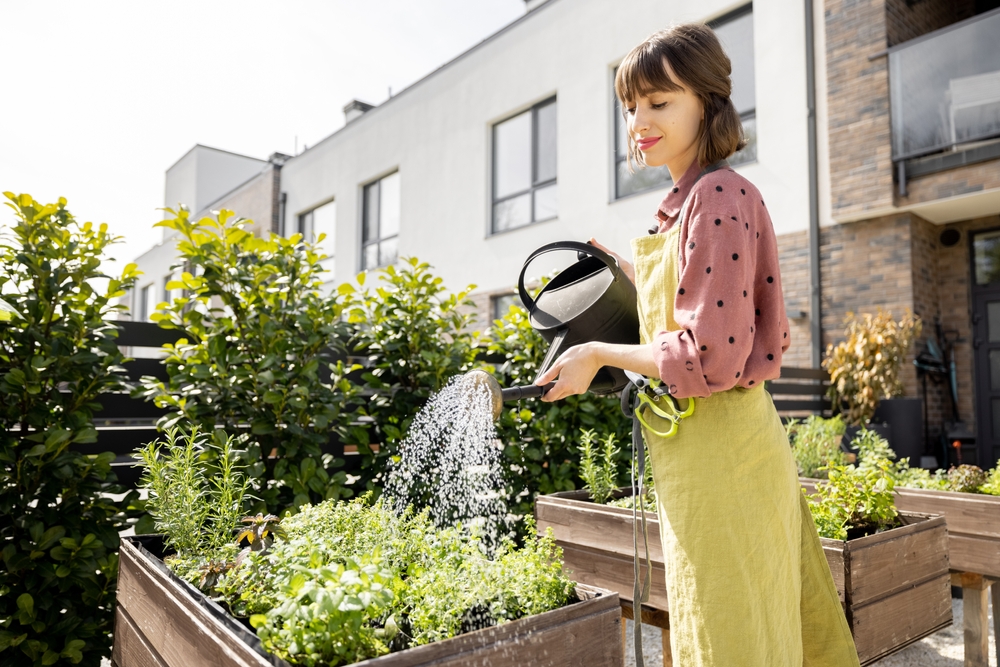
Consistent watering is vital for vegetable growth. Water deeply and infrequently to encourage deep root development. Aim for about 1-2 inches of water per week, adjusting based on rainfall and temperature. Water in the early morning to minimize evaporation and reduce the risk of disease. Use a soaker hose or drip irrigation system to deliver water directly to the root zone, minimizing water waste.
Mulch Your Garden

Mulching helps retain soil moisture, suppress weeds, and regulate soil temperature. Apply a 2-3 inch layer of organic mulch, such as straw, grass clippings, or shredded leaves, around your plants. Keep mulch a few inches away from plant stems to prevent rot. Mulch also adds organic matter to the soil as it decomposes, improving soil health over time.
Fertilize as Needed
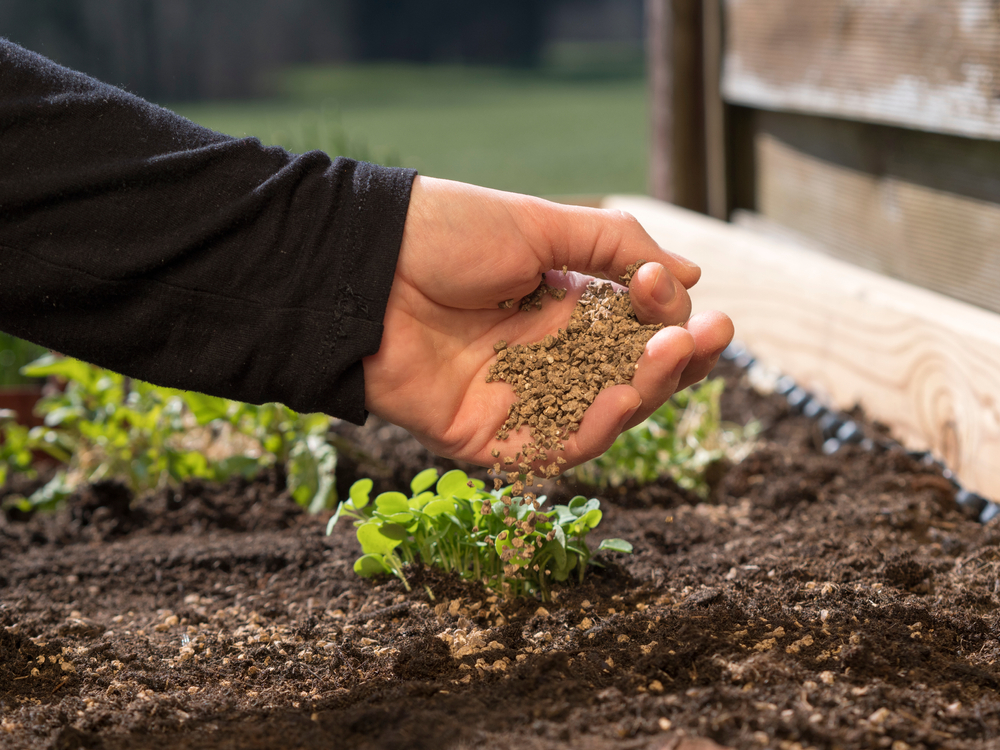
Vegetables are heavy feeders and may require additional nutrients throughout the growing season. Use a balanced fertilizer or compost to provide essential nutrients. Follow the recommended application rates to avoid over-fertilizing, which can harm plants and leach into groundwater. Fertilize at key growth stages, such as after planting and during flowering and fruiting.
Control Pests and Diseases

Monitor your garden regularly for signs of pests and diseases. Use integrated pest management (IPM) techniques, such as crop rotation, companion planting, and biological controls. Hand-pick pests like caterpillars and beetles, and use insecticidal soaps or neem oil for severe infestations. Keep the garden clean by removing diseased plants and debris to reduce the spread of pathogens.
Harvest and Enjoy

Harvest vegetables at their peak ripeness for the best flavor and nutritional value. Use clean, sharp tools to cut or pick produce to avoid damaging plants. Regular harvesting encourages continued production, especially for crops like beans and cucumbers. Enjoy your fresh, homegrown vegetables in salads, stir-fries, and other dishes. Share surplus produce with friends, family, or local food banks.
This article originally appeared on RetailShout
More From RetailShout
20 Antioxidant-Rich Foods for Longevity
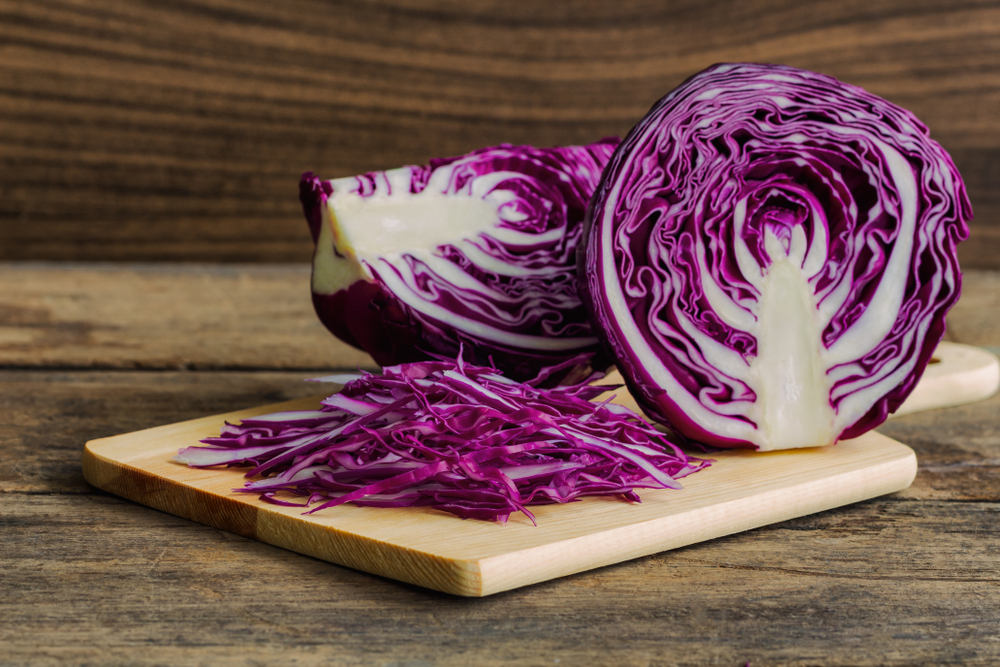
Health trends come and go faster than a TikTok dance challenge, but the popularity of antioxidants and their benefits remain timeless. These mighty compounds have been revered for their health benefits for centuries, battling oxidative stress and inflammation in our bodies. Read More.
11 Nostalgic Childhood Foods From Around The World

Food has a magical way of transporting us back to simpler times, especially those cherished meals and snacks from childhood. Across different cultures, kids grow up loving unique dishes that stay with them for a lifetime. Read More.
12 Creative Ways to Organize with Mason Jars
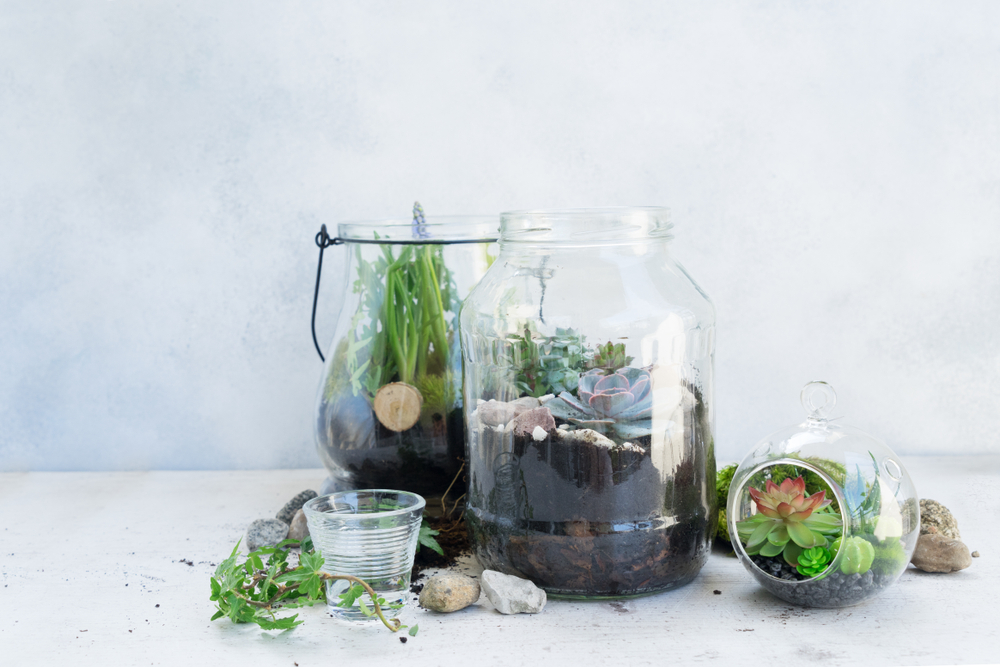
When it comes to organizing your home, mason jars are incredibly versatile and handy. They’re not just for canning anymore; you can use them in so many creative ways to tidy up every room. Read More.




